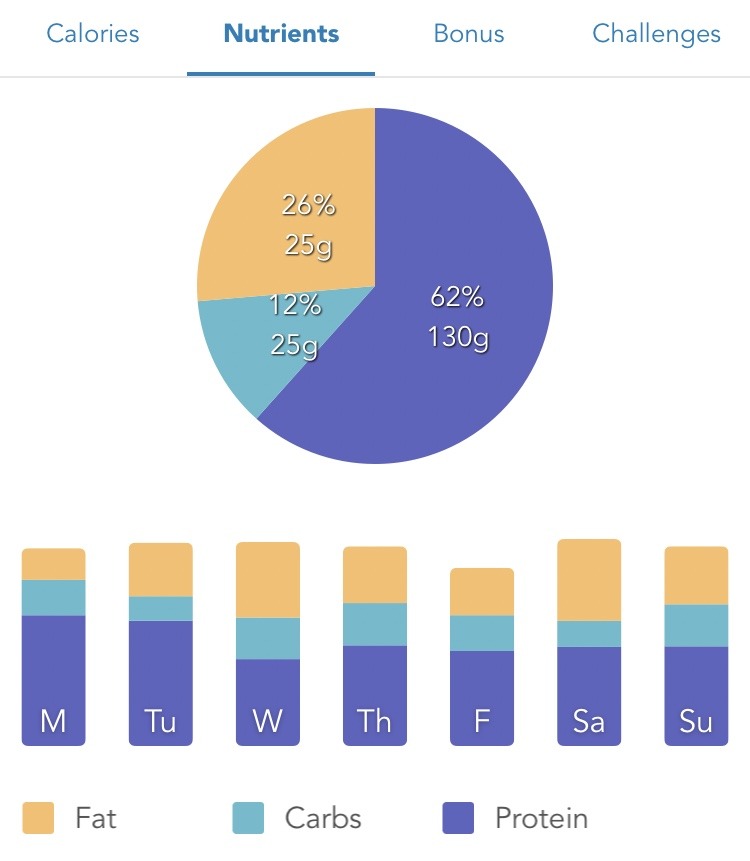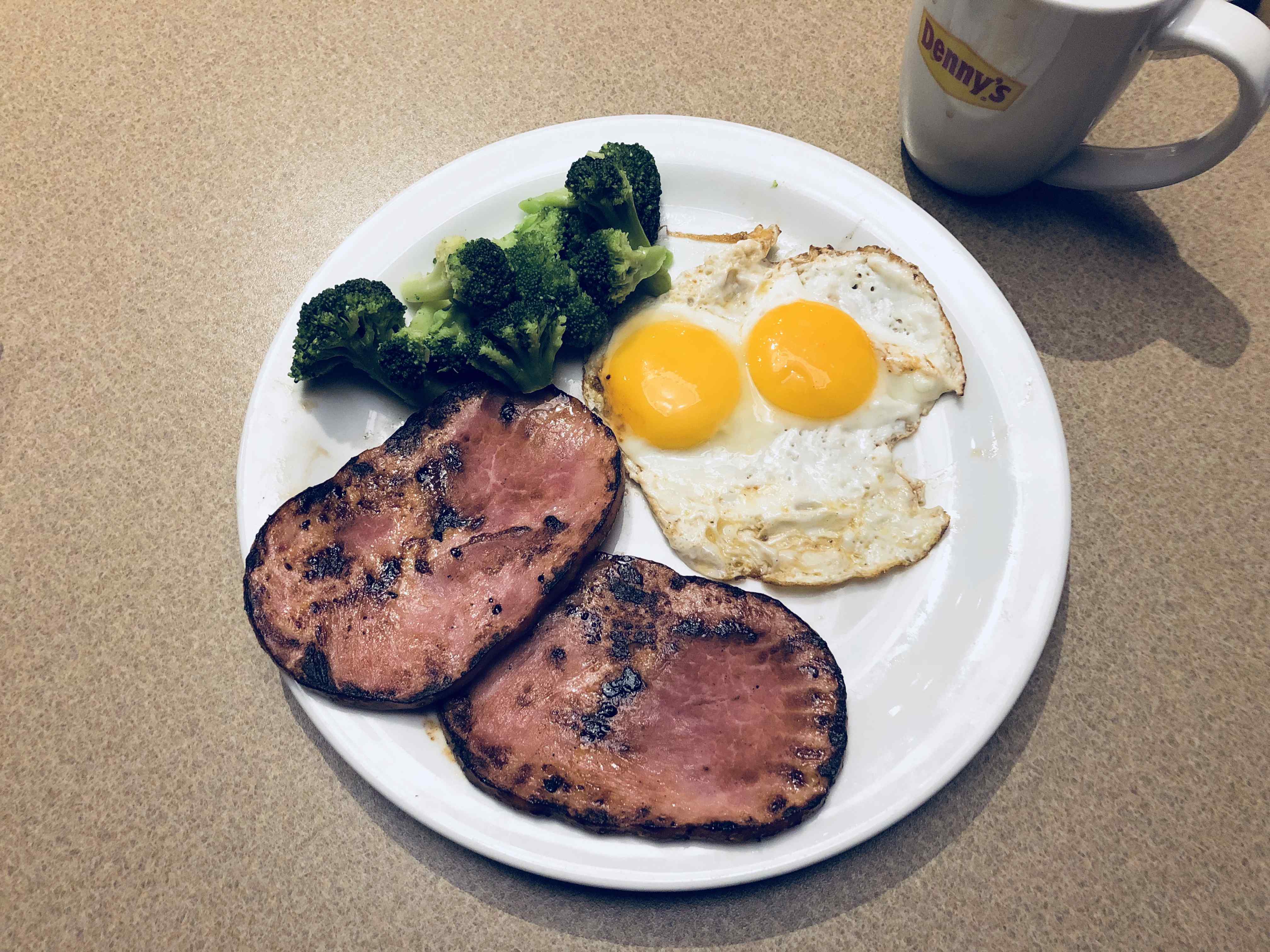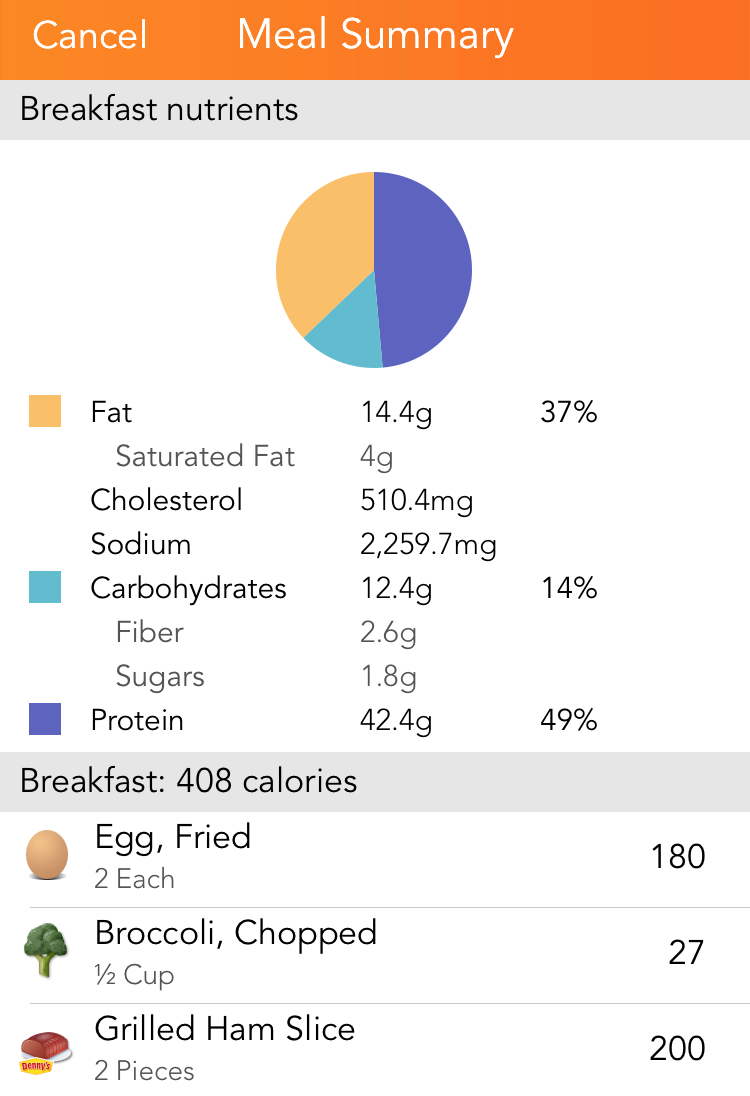Healthy eating while traveling full-time
Tue Aug 14, 2018 · 7 min read

While letting loose on a one-week holiday once a year isn’t a big deal, maintaining healthy habits as a full-time traveler requires a little more forethought than your average vacationer. Frequent access to free salted peanuts on the plane is appealing and all, but perhaps not the best steady diet for your health.
While I certainly don’t profess to be qualified to tell anyone how to eat, I understand that a lot of frequent or full-time travelers struggle with feeding themselves in a healthy way while on the road. It’s no secret that airports are more full of cheap carbohydrates than proteins, and roadside rest stops have never exactly been a beacon of sustainable eating habits.
In this post, I’ll do my best to share the lessons I’ve learned, how I eat, and how I make it work when I’m traveling full time. I hope you’ll take the tidbits that make sense for you, and that you can fold them into your travel routine in a tasty and satisfying way. (Sorry about the food references. I thought about trimming the fat, but they’re really the icing on the cake.)
Largely, the way I strive to eat when I’m in transit is the same diet I’d strive for if I were feeding myself in one place. Most of the difficulty is some creative thinking about how to replicate that diet with the options available to me during travel. Over the last year I’ve been making an effort to experiment with my diet and learn what types and ratios of foods make me feel the best. My experiments have resulted in me finding a comfortable, sustainable way to be mindful about how I’m eating.
Instead of simply counting calories (which puts me in a scarcity mindset and makes me pretty grumpy) I’ve devised goals for my macronutrients that I try to hit each day. The main macronutrients I have goals for are:
Proteins: including fish, eggs, fowl, meats, chickpeas, tofu, nuts, beans, cottage cheese and yogurt.
Fats: including vegetable oils like olive and sunflower oils, avocados, nuts, fats from dairy like cheese and eggs, and animal fats from meats.
Carbs: including grains and starches like rice, pasta, potatoes, and corn; sugars; and everything in the cafe bakery display box…
Fiber: including vegetable sources like broccoli, watercress, bok choy, cauliflower and zucchini; whole grains; nuts like almonds; and seeds like flax and psyllium husks.
I’ve found that I feel the happiest and most satiated with my meal when it approximates 60% protein, 30% fat, and 10% carbohydrates (of which a good majority is fiber). Those are just my numbers - I encourage you to experiment and find what works for you.
In order to experiment, I had some computational assistance in the form of a great app with a terrible name: Lose It! It’s geared primarily towards weight loss, but I mostly use it to log what I’m eating by scanning the barcodes on packaged foods. The database is pretty extensive, and you can also manually search for a food as well. It gives me a great chart of my macros so I can see how I’m doing throughout the day, and over the course of a week.


The barcode scanning feature is really helpful, because it takes most of the work out of building a decent meal from packaged foods. Even with pretty mediocre options at the airport gate or convenience store, a little creativity (combined with being informed) goes a long way:

A meal that mostly fits my macros, from the airport gate convenience store!
With access to a restaurant, my options are wildly improved. There’s a catch though - I usually have to get a bit picky.
One of my guilty pleasures is eating breakfast at American-style diner restaurants. There’s just something wonderfully awful about bottomless cups of not-the-best-coffee and the scent of slightly burned and heavily buttered toast hanging in the air. Luckily for me, this genre of breakfast seems pretty available in touristed areas the world over. Of course, if I only ever pointed at the meals on the menu and ate what arrived on the plate, there’s no way I’d be hitting my macro goals.
I was recently at a Denny’s, so I’ll take that example. Like many other similar chains, their menu has a “Build your own Breakfast” option. Combined with what I’ve learned about my macros, this makes dining here (eggs-over) easy. Here’s the breakfast I built for myself:

Two fried eggs, two slices of grilled ham, and broccoli
And here’s what the macronutrient breakdown looks like:

Pretty close to my goals! Not bad for a meal at Denny’s.
Even without a “Build your own Breakfast” option on the menu, most places take no offense at you requesting a change, especially when you make it clear that you’re looking after your health. Personally, I find restaurant meals are typically carb-heavy. This makes sense, since carbohydrates are generally cheaper than proteins and fats. The more carbs there are on a plate, the more money the restaurant likely makes selling it. When I tweak a meal to better match my macro goals, I’ll frequently swap fast carbs (like rice) for more fibrous options (like veggies), or refuse the carbohydrate portion all together (“no homefries, please”).
Here are some ideas for changes you might request, depending on what your goals are:
More vegetables: salad instead of toast, steamed veggies instead of mashed potatoes, or add a side of vegetables.
Less fat: less/no butter, less/no cheese, low-fat salad dressing like light balsamic, or egg whites only.
Reduce overall calories: less/no butter on bread or veggie sides, half or none of the toast or rice, steamed instead of fried, or dressing on the side.
More protein: look for vegetable sides with protein like chickpeas and beans, choose greek yogurt over regular yogurt, add an extra egg, or add chicken to a salad.
These are just some suggestions based on my own experimentation. I’m no nutritionist - always do your own research to find out what kind of diet is best for your personal health and goals.
Some changes might warrant a small surcharge, since you’re likely increasing the cost for the restaurant to provide your meal. Personally, I think an extra dollar or so is usually worth the increased benefit of long-term healthier eating.
With packaged foods and grab-and-go style meals, it’s easy for some unhealthy factors to become a larger-than-usual part of your diet. I especially keep a watchful eye on trans fats, and on sugar (it’s in nearly everything). The best way to understand what’s in the packaged food you’re eating is to read the ingredients label - unfortunately, most ingredients labels these days are written to disguise, rather than disclose, the food’s ingredients.

Here’s a quick cheatsheet.
| Label says: | You’re eating: |
|---|---|
| Cane sugar, cane juice, barley malt, corn syrup, tapioca syrup, brown rice syrup, maltodextrin, sucrose, maltose, dextrose, fructose | Sugar |
| Partially hydrogenated vegetable oils, hydrogenated oils | Trans fat |
I always eliminate sugar wherever possible, because I don’t enjoy deliberately poisoning myself to disease and death. When I have a sweet craving I indulge it with aspartame, a well-researched artificial sweetener I most often find on diner tables as the brand Equal. I try and avoid other sweeteners - in particular, sucralose, found usually as Splenda, since it often includes maltodextrin and dextrose as bulking agents and may raise insulin levels. Sometimes a sweet craving also just means I’m thirsty, and goes it away after I drink some tea or water.
Whether traveling or not, successfully maintaining a healthy diet relies on eating appropriately for your health and goals, making conscious food choices, and paying attention to what you’re putting in your body. In other words - it takes effort! Thankfully, with a bit of knowledge and some regular practice, eating a healthy diet while on the road becomes a piece of cake. There’s some food for thought. (Sorry not sorry.)